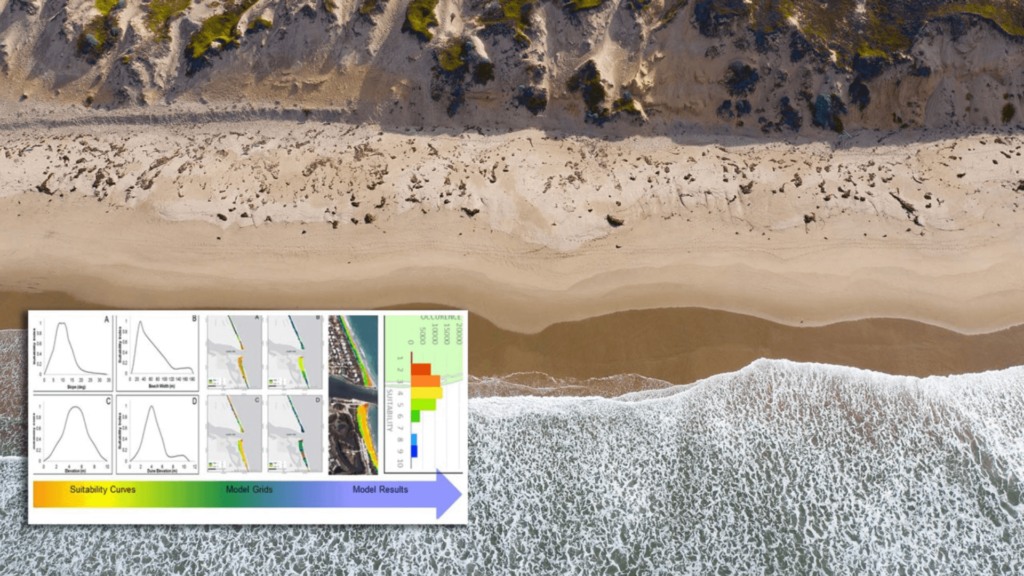Predictive Environmental Modeling System (PEMS)
Comprehensive, predictive environmental modeling system and database

Developed to better understand the lifecycle impacts of new materials and chemicals for military use, the Predictive Environmental Modeling System (PEMS) creates comprehensive predictions of environmental impact. With a focus on ecological toxicity, the system models the impact of multiple emissions on all species of interest. The system displays emissions concentration values in the units collected, enabling the calculation of normalized values for apples-to-apples comparisons. PEMS can represent single or compound emissions, with real-time updating of multiple emission properties. Users can easily add new emission sources to the model, accurately predicting toxic equivalency and species impact. The system can also incorporate and update multiple species impact models simultaneously, regardless of whether they are singular or interdependent models. Other features include a reliability processor and options for extrapolation.
A second major component of PEMS is a cumulative database that incorporates information from all previous scientific research efforts. This comprehensive repository allows users to identify exactly what lab testing is required—and what is not—to understand the specific emissions characteristics of a new material or chemical. Even more importantly, the database can be updated as new information becomes available, automatically adjusting the system’s models accordingly. By integrating new data and updating the calculations, PEMS can create increasingly complex, comprehensive, and reliable predictive models.
Benefits:
- Easy to use: Provides simple tools for conducting computational testing of environmental impacts of materials and chemicals
- Cost effective: Dramatically reduces the amount of lab testing required by providing accurate, predictive models of environmental impact
- Comprehensive: Includes a cumulative database of reliable emissions modeling information that is easily updated as new scientific research becomes available
- Real-time updating: Adjusts impact models as new data are added to the repository
- Normalized data: Transforms emission measures from native units into comparative concentration levels
Applications:
- Industrial product development: Regulatory certification testing of new materials, chemicals, etc.
- Manufacturing: Enhancing sustainability and environmental stewardship
- Energy: Ensuring ecological safety of hydraulic fracturing, natural gas processing, coal-fired power plans, etc.
- Economic development: Local/Regional decision making for siting/permitting of new development
- Transportation infrastructure: Providing guidance on investments to ameliorate traffic problems
- Lifecycle assessments (LCAs): Meeting European Union requirements for new product registry
